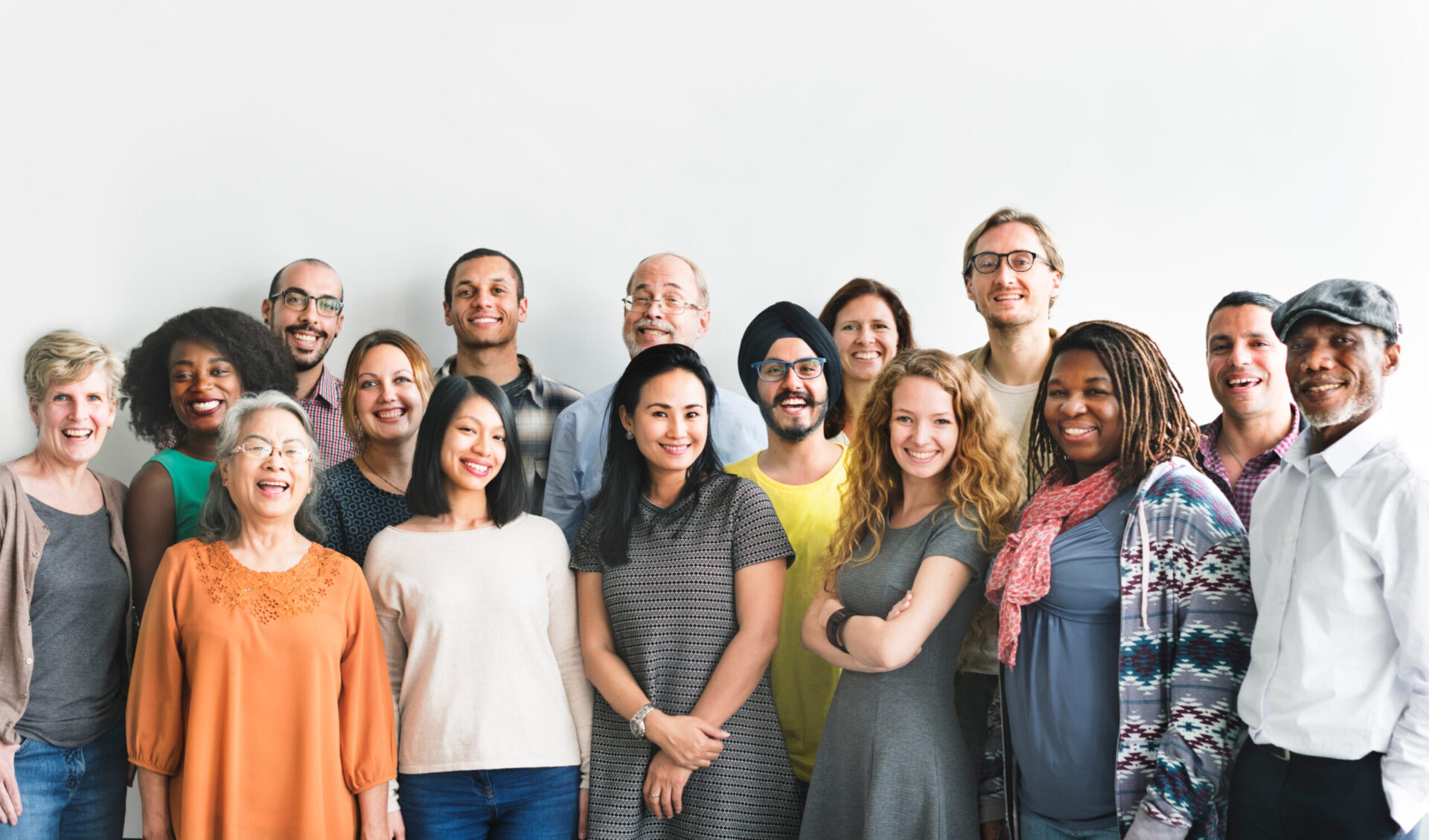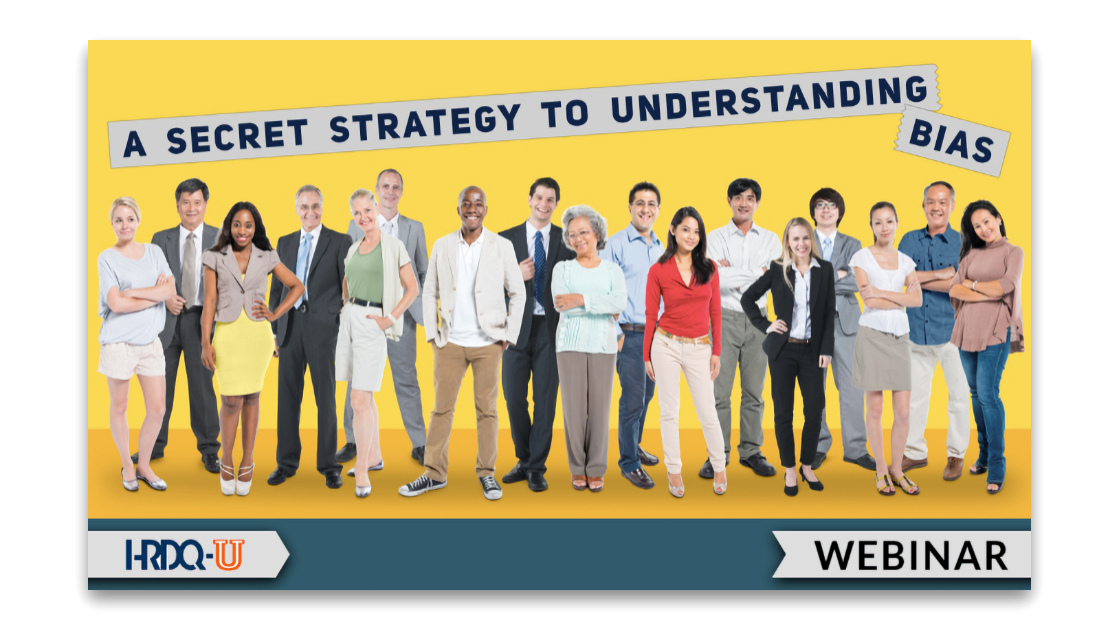How to Implement Diversity and Inclusion Training
Diversity and inclusion training formats range from short videos to full conferences that involve in-depth workshops on DE&I topics. The videos are likely to be the least unpleasant for individuals but may be the least likely to make a real impact or the easiest to be forgotten. However, training workshops that include activities and discussions are likely to be the most awkward and intrusive but could have a greater impact on participants. HR directors and diversity trainers would like to maximize the impact of the materials but also reduce the discomfort and awkwardness around that content. It’s a challenging balance to achieve.
An additional obstacle for trainers to surmount is the mandatory nature of diversity and inclusion training. It is typically a requirement, but it’s also human nature to balk at anything we are required to do. When people are told they must do something, even if it’s something they enjoy, they naturally resist it. It’s an attack on our autonomy and we instinctively resist it. Just like going to work or taking out the trash, there’s no way to eliminate that internal opposition. But, there is a way to reduce the pain we feel around the task, and we can do that by changing our perspective. It’s nice to get paid after we work, and it’s nice when our homes don’t smell like garbage. Similarly, it’s nice when work is a safe and comfortable environment where everyone feels welcome.
In general, DE&I is not a comfortable topic to bring up, and it is often seen as a necessity that must be grudgingly endured. Why is that? It’s a very personal and controversial topic that parallels discussing politics or religion at the dinner table. It seems to involve the most opinionated or righteous individuals casting judgment and shame on those who they believe deserve it until the inevitable heated and nasty argument breaks out. For the sake of peace, the best strategy appears to be to avoid those discussions. But in the workplace, where people’s personal beliefs impact the bottom line through sexual harassment claims and discrimination lawsuits, it can’t be avoided. The topics must be broached, and the discussions must happen.
If the conversations must happen, then facilitators should provide an environment where the discussions can happen in the safest and least judgmental way possible. One way to do that is through simulation-based activities. Simulations provide a layer of abstraction between the individual and the content, so they feel less pressured and targeted. Individuals can have a more open and objective conversation, rather than a tense and personal one where they feel like trainers are trying to fix something that’s wrong with them.
One example of a simulation-based activity is Biased Out. It’s a board game that allows users to understand how biases are formed and perpetuated against marginalized groups. Users start out with several biases in the game and work to get rid of their biases by interacting with people of different ethnicities, sexualities, and disabilities. When users play through the activity, they begin to see how biases create barriers between people and how reducing those biases can increase efficiency. Users can change their perspective by seeing their biases in a different light. In that new light, users can finally see diversity and inclusion training from a more positive perspective.
















